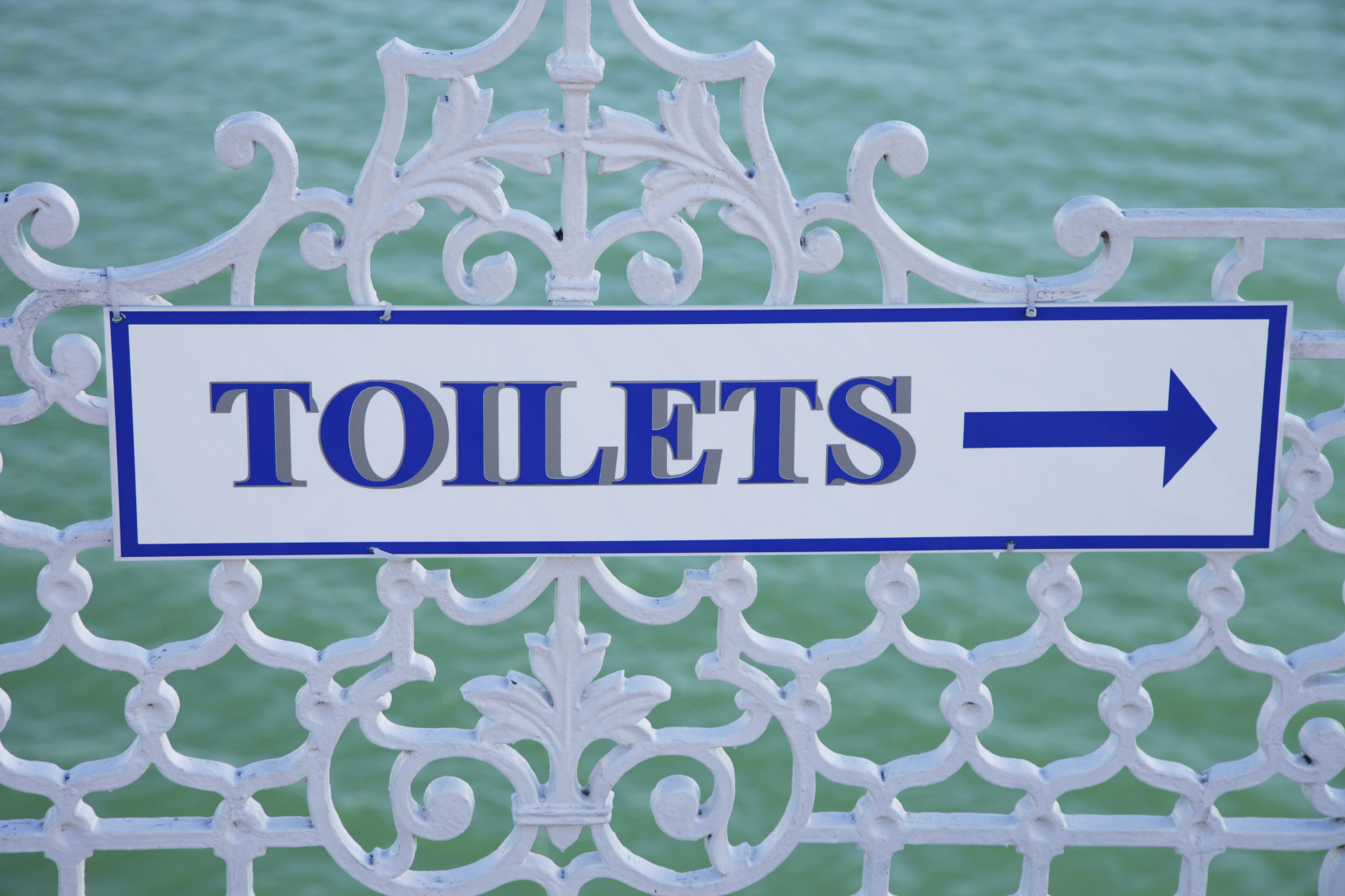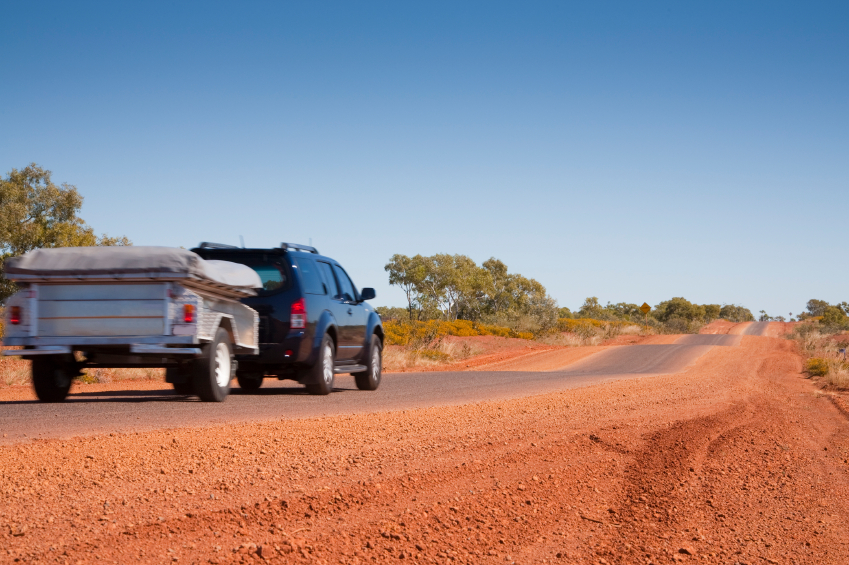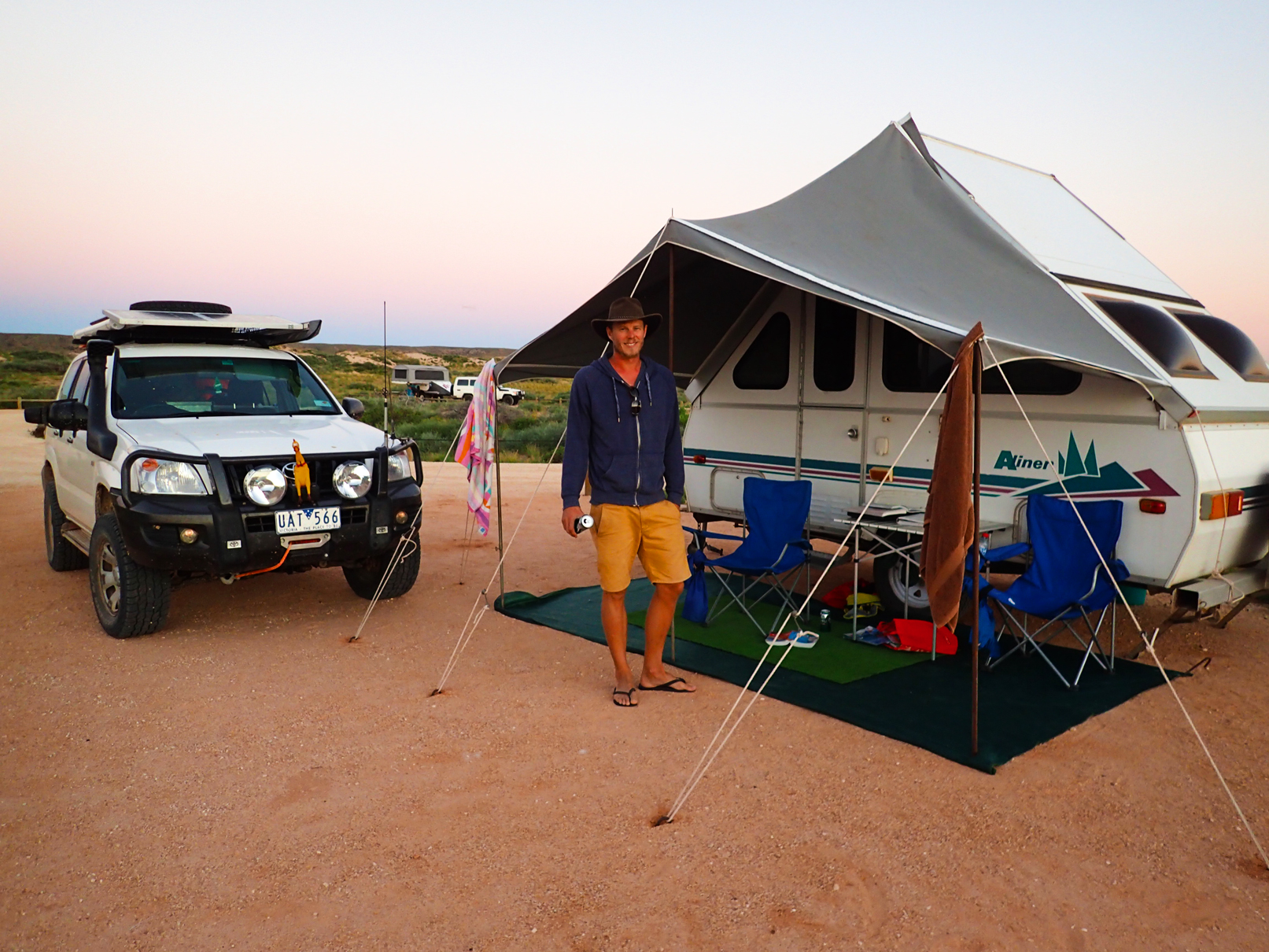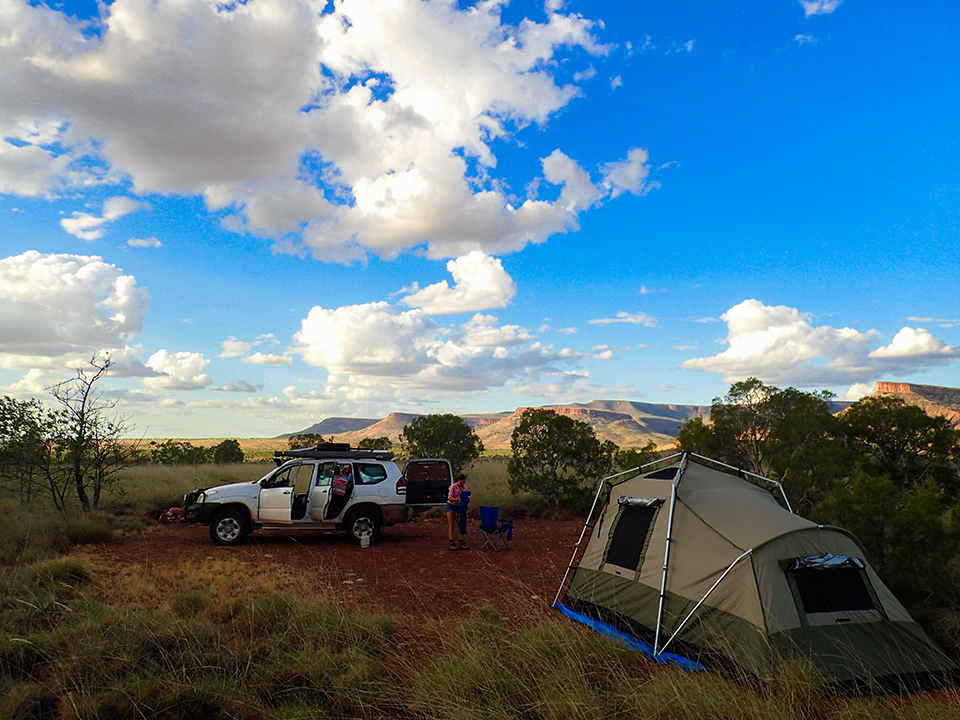It’s a delicate subject, but sooner or later someone will need to use the toilet when out on your boat. So, what are the best options when it comes to marine toilets?
Traditionally,boat toilets work by flushing the waste into a holding tank to be emptied onshore. Fortunately, there are now cheaper and less intrusive means of storage and disposal.
What are the rules?
By law, accumulated waste must be retained on board until it can be pumped out into an onshore waste-disposal facility. If you’re unsure where those are, ask your local marina or go online to the relevant maritime authority in your state.
Generally, no discharge of untreated sewage is allowed within one nautical mile of a reef, island or the mainland. The Australian Maritime Safety Authority (AMSA) suggests that if a vessel does not have a sewage treatment system on board, options include:
- Using onshore toilet facilities whenever possible.
- Using a portable toilet that can be emptied into a sewerage/septic system later.
- Retaining sewage in an onboard holding tank for pumping out to onshore facilities.
Portable toilets
A practical option for trailer boats, the portable marine toilet consists of a fresh-water tank and a sealed lower waste tank. The waste tank can be removed for emptying into a domestic toilet or sewage collection point.
Advantages:
- Inexpensive.
- Lightweight and easy to install.
Disadvantages:
- Need to carry 10–20 litres of water.
- Chemicals are necessary.
Composting toilets
More boat owners are choosing the composting toilet, mainly because it doesn’t smell, use chemicals or cause pollution. It has two receptacles: one for urine and one for solids, and works by allowing oxygen to dry and compost the waste. All you have to do is add peat moss or sawdust to help the drying process.
Advantages:
- Very little maintenance.
- Lasts up to a month for two people.
- Doesn’t use water, meaning reduced weight and fuel consumption.
- No hazardous chemicals.
- Clean, environmentally friendly.
- No worries about blocked pipes.
- No special disposal – just put it on the garden.
Disadvantages:
- They can be taller than most, so take getting used to.
- The size could prohibit installation in some boats.
- Some use (minimal) power occasionally as part of the composting process.
Cassette toilet
Cassette marine toilets have a built-in seat with removable base where the waste is collected and stored.
Advantages:
- Simple to use.
- Inexpensive.
- Easy to empty.
Disadvantages:
- Cassettes can get heavy.
- Rinse water tank needs to be kept refilled.
- Can be smelly.
- Need to find somewhere to empty the cassette.
Whichever toilet you have in your boat, help preserve our pristine waters by choosing biodegradable toilet paper and phosphate-free cleaning products.
Want to know more? Read our guide to cassette toilet emptying and maintenance.





